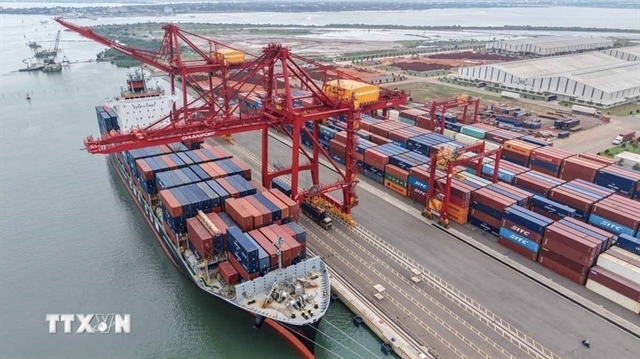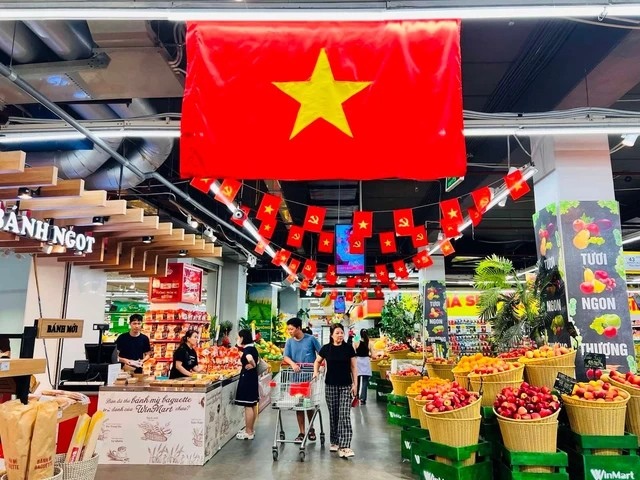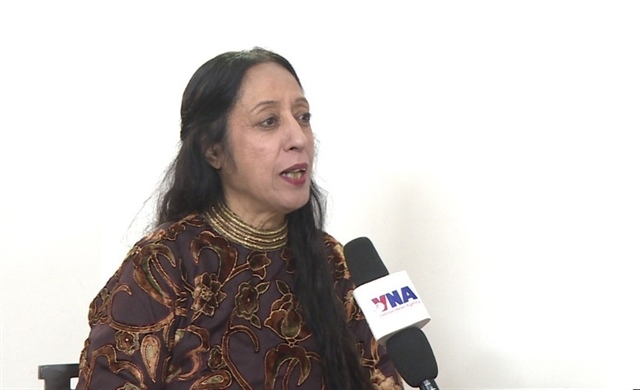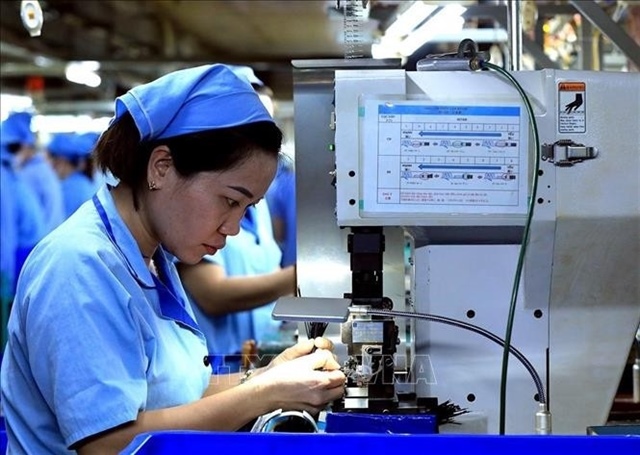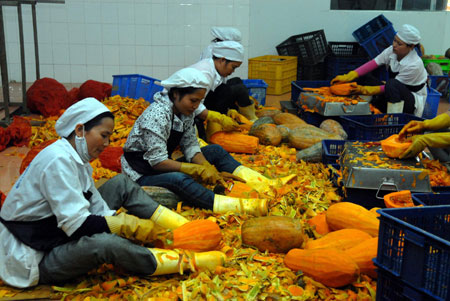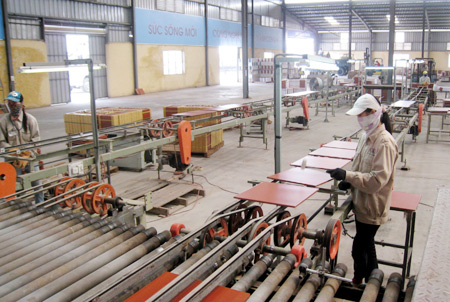Chinese medicinal materials flood Vietnamese market
Chinese medicinal materials flood Vietnamese market
Although Vietnam has up to 4,000 species of plants that can be used as medicine, nearly 90 percent of medicinal herbs in Vietnam are imported, mainly from China. Paradoxically, Chinese traders have flocked to Vietnam to purchase medicinal plants.
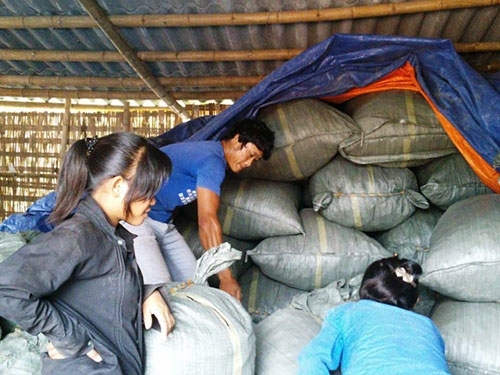
The Central Institute of Drug Testing recently tested 400 samples of medicinal plants and found 60 percent are substandard. Around 20 percent were mixed with garbage, sand, cement and even toxic chemicals.
Dr. Le Hung, Vice Chairman of the HCM City Traditional Medicine Association, said fake medicines and medicinal materials is a pressing issue.
"We have many good prescriptions but we do not dare to prescribe for the patients because we are afraid that they will purchase fake medicines," Hung said.
Dr. Tran Huu Vinh, from the HCM City Health Department, said that good physicians without good medicines in the hands cannot do anything. He said Vietnam should have its own sources of medicinal materials in the long run.
Difficult to control quality
According to the Ministry of Health, Vietnam has about 4,000 species of plants used as medicinal materials. Every year, the country used 50,000 to 70,000 tons of medicinal materials, of which nearly 90 percent are imported, mainly from China through unofficial channels. As a result, the quality is not well controlled.
Unlike pharmaceuticals, it is difficult to control quality of medicinal plants. For example, ginseng, a common medicinal material, the shape and the of ginseng of 2 or 5 years old are not much different, making it difficult to know the quality.
Experts suggest that the authorities should issue policies to develop domestic medicinal plants, strengthen control of imports and quality test.
According to the HCM City Department of Health, the city has two major hospitals specializing in traditional medicine. Some 20 other hospitals also have traditional medicine wards.
In addition, HCM City has over 1,000 traditional medicine clinics. Nearly 90 percent of medicinal materials used in HCM City are imported, mainly China. Dr. Le Hoang Son, Director of HCM City Traditional Hospital, said each year this hospital uses about 100 tons of traditional medicine, in which 80 percent are imported from China.
Chinese traders sweep off medicinal herbs in Vietnam
There is a paradox that although nearly 90 percent of medicinal herbs used in Vietnam are imported from China, Chinese traders are flocking to Vietnam’s mountainous regions to purchase herbs to bring home.
For over one year, many Chinese have come to Xuan Quy commune, Nhu Xuan district, Thanh Hoa province, to buy medicinal herbs to take to China.
These traders are based in the home of a local woman named LTH. Not only people in Nhu Xuan, but those in other districts of Thanh Hoa enter the forest to find medicinal plants to sell to Chinese traders. Chinese traders buy everything, from leaves to roots of medicinal herbs.
Mr. Le Dinh Tuan, Secretary of the Party Committee of Xuan Quy commune said the leader of the group of Chinese traders is a man named A Lam. "Sometimes they hired up to 30-40 locals to process and dry medicinal herbs at an average pay of VND4-5 million per month."
The local officials said they only knew the presence of Chinese people at the home of Mrs. H, and did not know exactly what they buy. After every three month when their tourist visas expire, they come back to China and then return to Vietnam.
vietnamnet


